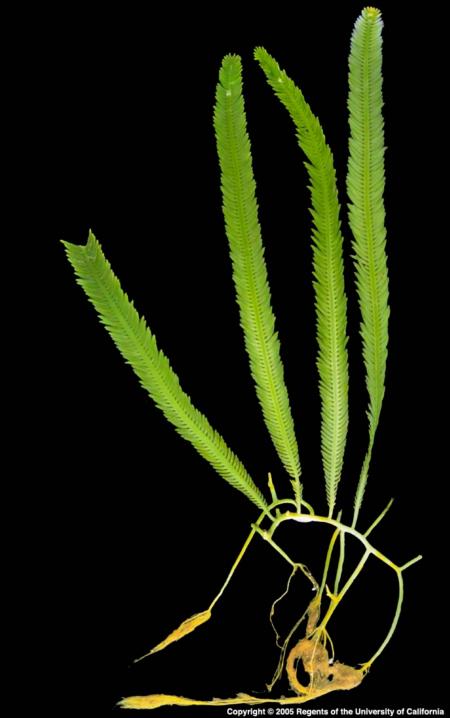Invasive Seaweeds and Hull Fouling Species
Killer Seaweed
Scientific Name
Caulerpa taxifolia - Visit ITIS for full scientific classification.
Description

Caulerpa taxifolia. © 2005 Regents, University of California.
Habitat
Invasion Pathways and Distribution
Life History
Impacts
References and Useful Links
For references by category and links to other useful AIS sites see our LEARN MORE page. |


